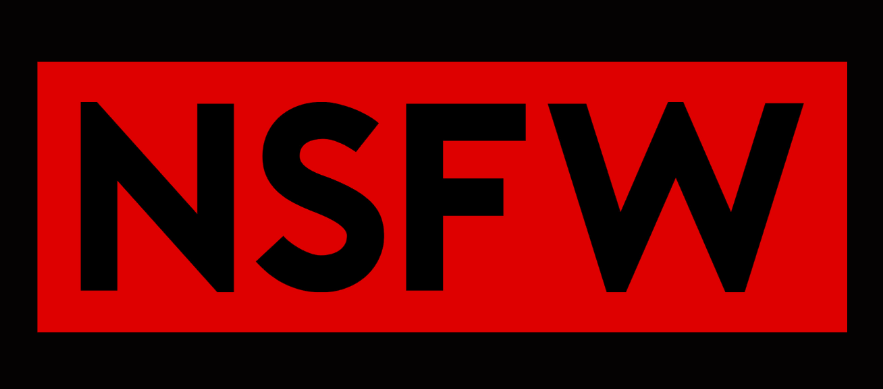Why It’s So Hard to Invent a New Kind of Condom (in the US, Anyway)
A couple months ago, I got contacted by a press rep from LELO, a company mostly known for its line of stylish, high-end sex toys (like the $3500 gold Olga dildo, owned by none other than Beyoncé). According to the email, LELO was looking to branch out from pleasure and into protection with a “re-engineered condom” called the LELO HEX.
For months, the HEX existed mostly as hype: LELO refused to reveal any details about the product, but swore that it was totally innovative and awesome and about to revolutionize sex. And then finally, the condom was unveiled on June 13. And it was, well, underwhelming.
The biggest selling point of the LELO HEX? A redesigned latex with a webbed structure, which LELO claims increases comfort, reduces slippage, and—as they’ve demonstrated in a bunch of bizarre gifs—makes it harder for a sharp object to slice through.
Even more baffling than LELO’s solution to the not-that-pressing problem of condoms breaking when stabbed with sharp objects was the fact that the company brought onCharlie Sheen as a product rep: because if there’s one person we all want to take condom recs from, it’s the man who brought “Winning!” and “Tiger blood” into the cultural conversation.
As nice as that $100k from Bill Gates might sound, it doesn’t even make a dent in the fortune required to bring something truly innovative to market.
LELO’s not the first company to overpromise and underdeliver on a condom revolution. In 2013, the media lost its shit over the Origami Condom. Three years later, the supposedly revolutionary condom not only hasn’t come to market—its website isn’t even active anymore. There’s a similar story behind the much-hyped recipients of the Bill & Melinda Gates Foundation condom challenge grants (which, like the Origami Condom, debuted in 2013, apparently a good year for condom hype). The foundation’s challenge, which offered recipients $100,000—plus a chance at an extra $1,000,000—resulted in tons of good (or at least good-sounding) concepts, but zero products actually made it to market.
So what’s the hold-up? Why can’t we get a new kind of condom, even with $100,000 in seed funding, the backing of Bill Gates, and a heck of a lot of PR goodwill? Well, it’s mostly due to the fact that—unlike most of the disruptive tech that comes out of Silicon Valley—condoms are a medical device, and one that’s subject to a lot of government regulation at that.
In LELO’s press materials for the HEX, the company’s reps note that the condom’s weirdly webbed latex body was inspired by graphene; there’s a good chance they’re specifically referencing the graphene-based condom that received funding from the Gates Foundation back in 2013. Why has the original concept languished, while LELO’s underwhelming knockoff is poised to hit the market?
FDA approval is obviously important, but the sheer amount (and expense!) of regulation creates serious roadblocks; ones which aren’t necessarily seen in other countries.
Consider it the result of some quirks in the FDA’s approval process. If you’re only offering a slight innovation—an added texture, a different type of latex, a weird hexagonal pattern all over your condom—you can speed up the whole ordeal by submitting a 510(k) (basically: a form that argues your product is pretty similar to stuff that’s already been approved).
But if you’re actually trying to aggressively innovate—by, perhaps, making your condom out of a super-thin, super-strong graphene-polymer blend—things get trickier. The FDA has extensive guidelines for the testing and approval of non-latex condoms; and this is where a lot of those super-exciting-sounding Gates Foundation grantees ended up getting stuck.
As an article that appeared on Mic last year noted, getting approval for a new condom can take several years and millions of dollars: as nice as that $100k from Bill Gates might sound, it doesn’t even make a dent in the fortune required to bring something truly innovative to market.
All of which puts American condom users in an interesting position. FDA approval is obviously important, but the sheer amount (and expense!) of regulation creates serious roadblocks; ones which aren’t necessarily seen in other countries. The Unique Pull condom, a latex-free prophylactic that a friend swears is leagues beyond polyurethane or polyisoprene options, notes on its website that it’s been approved by regulatory bodies around the world, including in Canada and Australia. But since it’s not US-approved, it can’t really make inroads here (something that likely holds backother interesting condoms, too).
Since it’s hard to argue that innovators should be allowed to run roughshod over FDA regulations (especially in the wake of the recent Theranos debacle), futuristic condom fans are kind of stuck. If we really want to remake the condom, it’ll take a whole lot of time and energy. And it’s hard not to wonder if all that blood, sweat and tears—and money—might be better invested in just getting people to use the condoms we actually have.
That, or just smuggling in some of those exciting foreign condoms we can’t get here.




